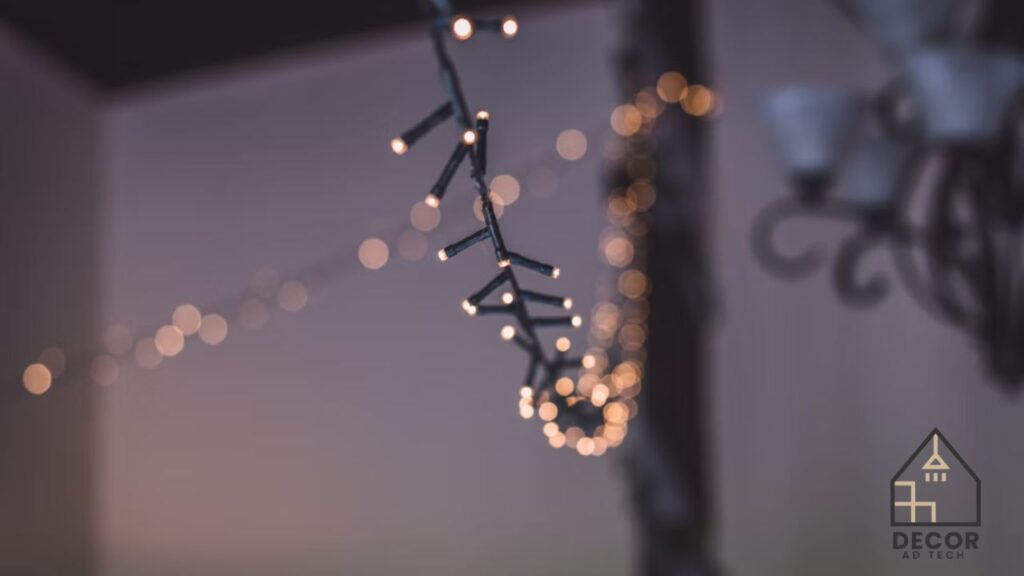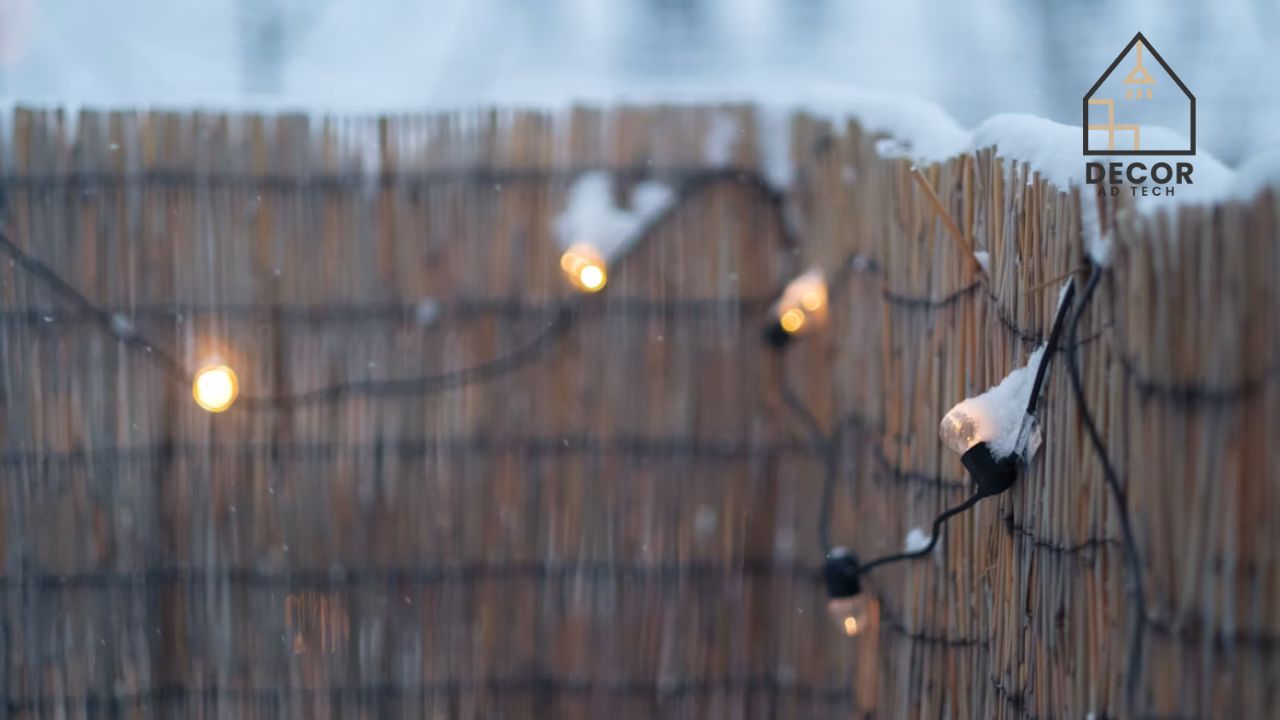Nothing spreads holiday cheer quite like twinkling Christmas lights, especially when they’re festively arranged on your roof. If you’ve always wondered how to hang Christmas lights on a roof without risking injury—or your sanity—you’re in the right place. By following this guide, you’ll have your lights up in no time, ready to dazzle neighbours and delight your family. Let’s break it down step-by-step.
Summary Table of Essentials
| Method/Item | Details |
|---|---|
| Best Lights for Roofs | LED icicle lights, C7/C9 bulbs, net lights for large roof sections |
| Safety Gear Needed | Ladder, sturdy shoes, gloves, harness (if working on steep roofs) |
| Attachment Tools | Plastic clips, adhesive hooks, zip ties, electrical tape |
| Preparation Time | Approximately 1–2 hours (larger homes may take longer) |
Why Hanging Christmas Lights Isn’t as Hard as You Think

Many people assume decorating their roof is a nightmare—steep angles, dizzying heights, and a tangle of lights give this task a bad reputation. But with the right tools and techniques, it’s far easier (and safer) than you’d imagine. Plus, who wouldn’t want their home lit up like a scene from a Christmas movie?
The Importance of Safety First
Before we talk aesthetics, remember this golden rule of holiday light hanging: safety comes first. Falls and electrical mishaps are among the most common accidents during the holiday season, so plan accordingly.
Top Tips for Staying Safe:
- Verify your ladder is stable and on solid ground. Aluminium ladders are best for roofing projects.
- Wear shoes with good grip to avoid slipping.
- Never hang lights alone—always have someone spot you.
- Inspect your lights for frayed wires or damaged bulbs before use.
Step-By-Step Guide to Hanging Christmas Lights on Your Roof
1. Choose the Right Type of Lights
Not all lights are suitable for outdoor use. Look for those specifically labelled as weatherproof or for outdoor usage. Popular options include:
- C7/C9 Bulbs: Traditional statement lights that are perfect for outlining rooflines.
- Icicle Lights: Ideal for creating a cascading effect along eaves and edges.
- LED String Lights: Energy-efficient lights that last longer.
- Net Lights: Great for large roof sections or bushes.
Real User Insight: “I switched to LED lights last year, and my electric bill stayed reasonable despite leaving the lights on throughout the month. Totally worth it!” – Sarah, 5/5 review.
2. Map Out a Game Plan
Before you climb, take a moment to plan where your lights will go. This step ensures you’ll know how many lights you need and prevents mid-project trips back to the store.
Follow this checklist when mapping your layout:
- Measure your roofline’s length with a tape measure.
- Decide how tightly spaced you want your lights (typically 12–18 inches apart).
- Calculate the total length of lights needed, including buffers for corners and obstacles.
3. Gather Tools and Supplies
What you’ll need before you get started:
- Plastic Light Clips: Avoid nails or staples—they can damage your roof and create fire hazards. Clips securely hold lights in place without permanent damage.
- Outdoor Extension Cords: Look for waterproof extensions with weatherproof plug connections.
- Timer: Save energy and have your lights turn on/off automatically each evening.
4. Attach the Lights
Instead of simply throwing lights over your roof and hoping for the best, use these methods:
- Start at the power source and work your way up.
- Use clips or hooks to attach lights to gutters or shingles. These are affordable and won’t harm your roof.
- For roof peaks, try rafter cord ties to secure lights safely.
- If you have windows or other fixtures, wrap appropriately to enhance your display aesthetic.
Pro Tip: Keep your lights taut for a polished look. Sagging wires are not only unattractive but can also shift during wind or rain.
5. Test Your Work
It’s extremely disappointing to finish hanging lights only to realise sections aren’t working. Avoid this by testing each strand as you go. Double-check all connections, and ensure no wires are pinched during installation.
Personal Insight from a Holiday Lighting Expert
John Davies—owner of a professional Christmas light installation business—shares this advice for beginners:
“The biggest mistake I see is people skimping on preparation. Always measure your roofline and buy 10–20% more lights than you think you’ll need. And never skip safety precautions—it’s not worth the risk.”
FAQ Section
Q: Is it OK to use staples to attach lights to my roof?
A: No, staples can pinch or pierce wires, creating a fire hazard. Use plastic clips or adhesive hooks instead.
Q: How do I keep lights in place on steep roofs?
A: Safety harnesses are a must. Additionally, use extra clips or zip ties to secure lights tightly.
Q: Can I mix different types of lights?
A: Yes, but make sure they have compatible voltages and are all rated for outdoor use.
Q: What if it rains while my lights are up?
A: Weatherproof lights and connections should be fine. However, always check the label to confirm your lights are rain-safe.
Final Thoughts
Hanging Christmas lights on your roof doesn’t have to be stressful. When you plan effectively, use proper tools, and prioritise safety, the process becomes a fun and rewarding part of your holiday tradition. Imagine your home glowing with warmth and joy—light up the season and create memories that’ll last a lifetime.
Admin Recommendation
How to Upgrade My Home Decoradtech
Decoradtech Smart Home Ideas by DecoratorAdvice
DecorAdTech Smart Home Ideas by DecoratorAdvice











